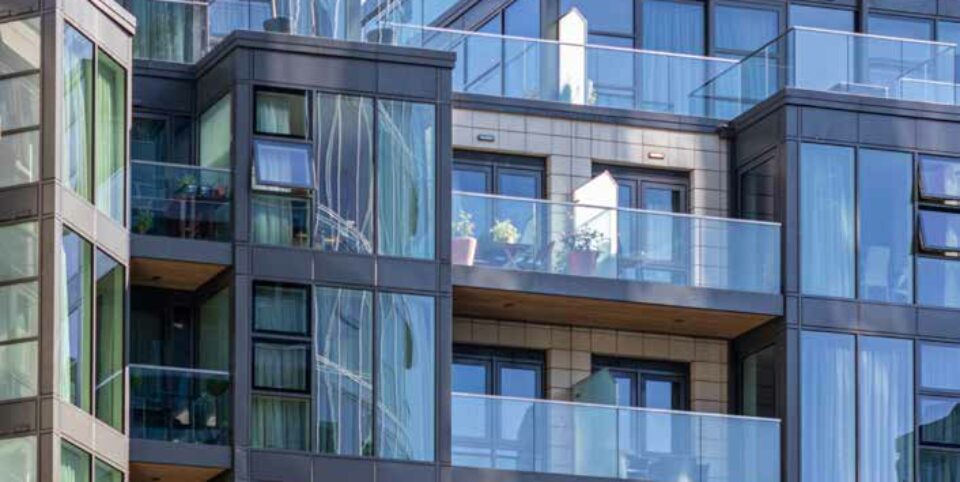Contact
020 4515 6728
info@ccameron.co.uk
Charles Cameron & Associates
Blackfriars Foundry
154-156 Blackfriars Road
London SE1 8EN
City living
February 10, 2023
Information published was correct at the time of writing
Back in demand and driving prices in housing markets

INCREASING DEMAND FOR HOMES in cities was the driving force behind the rapid house price inflation witnessed earlier in 2022, with property prices in urban centres growing at a faster rate than their surrounding areas, according to analysis[1]. The impact of the pandemic on people’s lifestyles had driven much stronger house price growth in suburban and rural areas over the previous couple of years, as buyers sought larger properties with more indoor and outdoor space, and where homeowners perceived they’d get better value for money.
SHIFTING IN HOMEBUYERS’ POST-PANDEMIC PRIORITIES
In contrast, built-up urban areas became less popular, with their typically smaller properties located further from green spaces and the amenities so valued by homeowners. However, since the start of last year, as people increasingly returned to the office and were once again able to make the most of leisure opportunities, property prices in cities have risen by 9.2% while in surrounding areas it was less, at 7.9%. While the picture still varies significantly in and around individual cities across the country, it suggests a shifting in homebuyers’ post-pandemic priorities. In the North West, the cities of Liverpool and Manchester experienced much stronger house price growth in 2022, compared to their surrounding areas.
PROPERTY PRICE INFLATION INCREASES MORE QUICKLY
It’s a similar story in Scotland, where both Edinburgh and Glasgow have seen property price inflation increase much more quickly since the turn of last year, compared to their surrounding areas. This has been reflected in places like Fife and West Dunbartonshire. And in Greater London it’s a tale of two cities, with inner London boroughs recording average property price growth of 6.8%, compared to 4.6% in the outer boroughs.
DEMAND FOR LARGER PROPERTIES AWAY FROM URBAN CENTRES
The pandemic transformed the UK housing market. Homeowners wanted bigger homes and better access to green spaces, fuelling huge demand for larger properties away from urban centres. This accelerated house price growth in the suburbs and more rural areas, while in cities it was much slower. That trend didn’t disappear completely last year, as house price growth in these areas remained strong. But, as daily life has subsequently returned to normal for many, the opportunity to live in cities is becoming more attractive again, driving up demand.
DAILY LIFE NOW GETTING BACK TO NORMAL FOR MANY
Clearly the economic environment has changed considerably over the last 12 months, with the likelihood of more significant downward pressure on property prices, as the cost of living squeeze and higher borrowing costs limit demand. London, along with other major cities, saw stampedes for the exit as buyers hunted homes with more space following the end of the first coronavirus lockdown in the summer of 2020. But as daily life is now getting back to normal for many, the opportunity to live in cities is becoming more attractive again. Are you looking to make your move?
Don’t forget, our professional, friendly advisers are on hand to support you and can help you explore all of your options.
Source data: [1] Halifax 26 October 2022.



